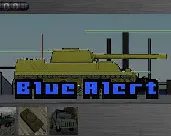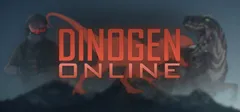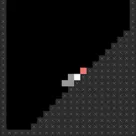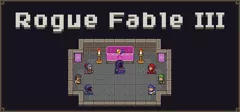Game Groups > Game Engine: Phaser
Games using a version of the Phaser engine by Photon Storm Ltd (2013–2023) or Phaser Studio Inc. (2024–).
The current version is Phaser 3. This group also encompasses games made with earlier versions (Phaser 0, Phaser 1, or Phaser 2/Phaser CE).
Related links:
- phaser.io (official website)
Related Groups
- 3D Engine: Unreal Engine 3
- 3D Engine: Unreal Engine 4
- Command & Conquer franchise
- Game Engine: Adventure Game Studio (AGS)
- Game Engine: Unity
- Protagonist: Female
- Sound Engine: FMOD
- Steam Early Access games
19 Games [ view in game browser ] [ add game ]




















